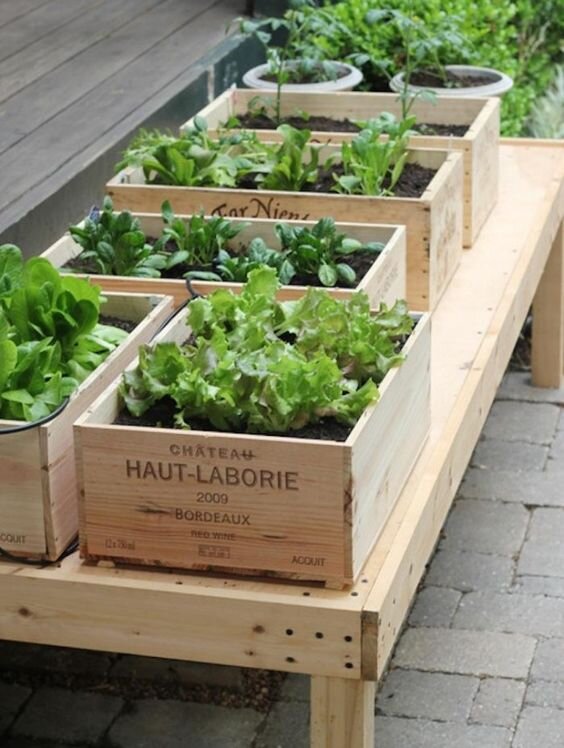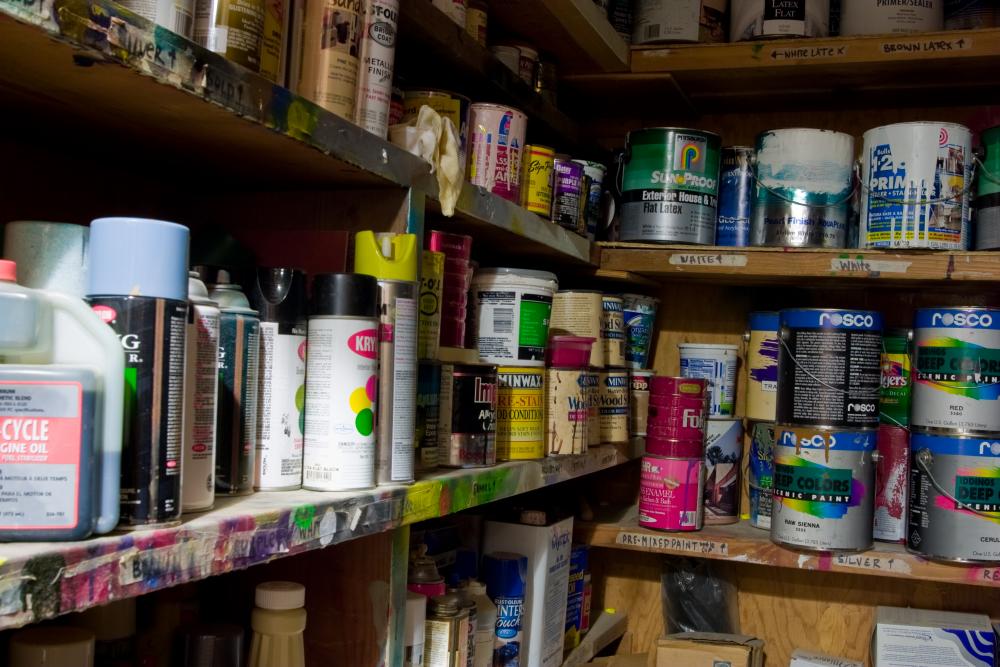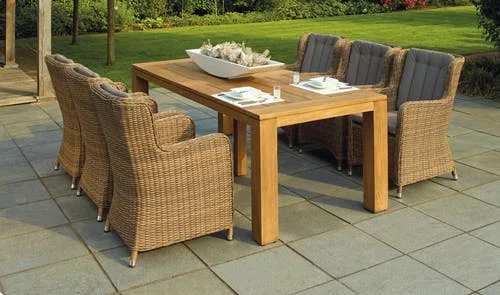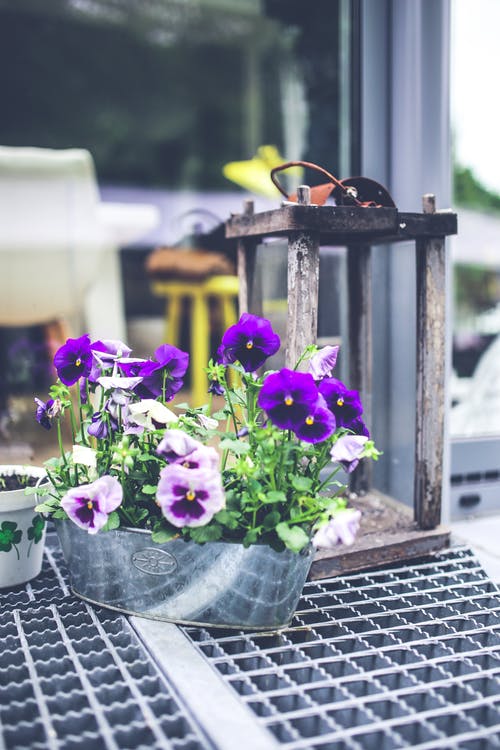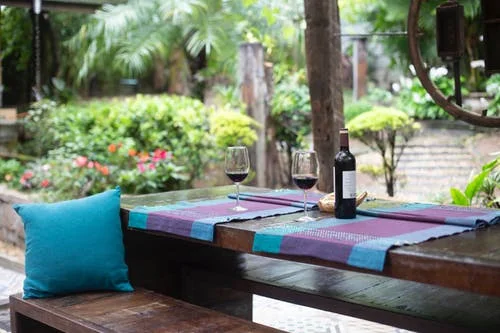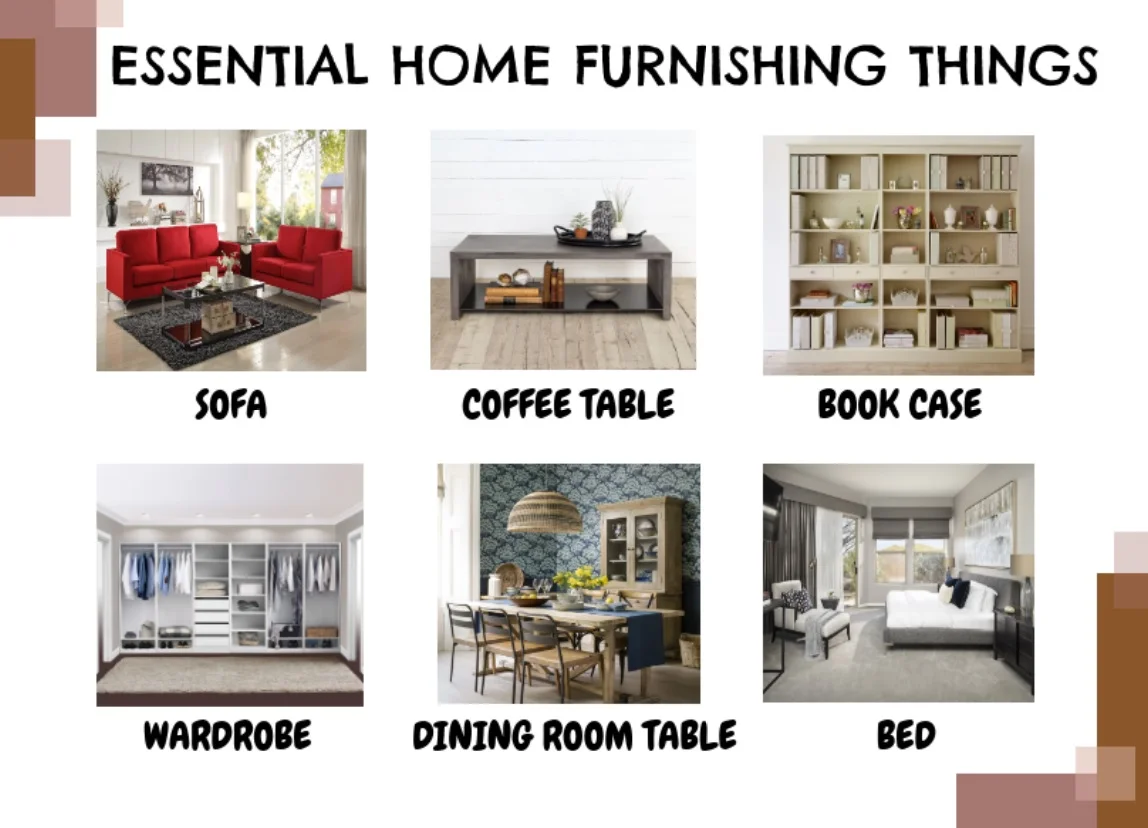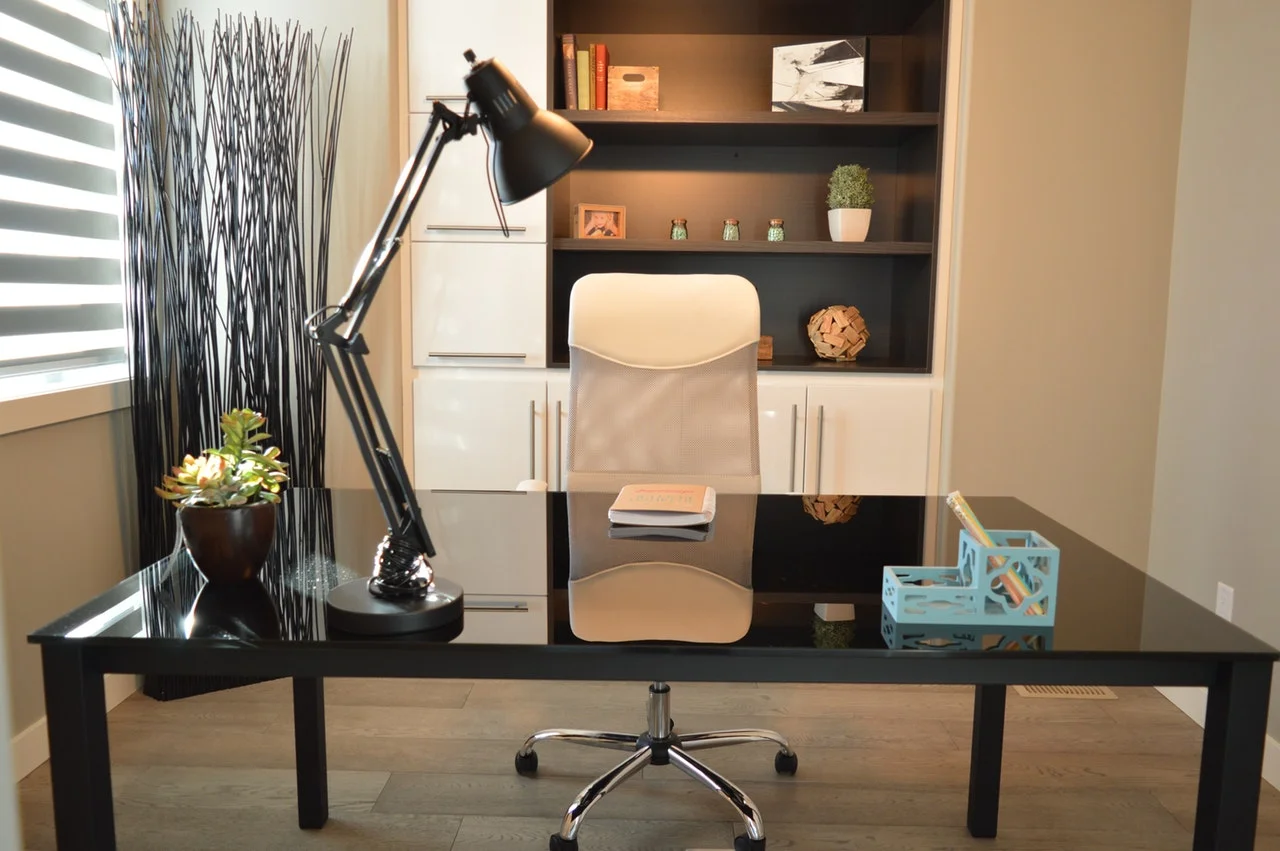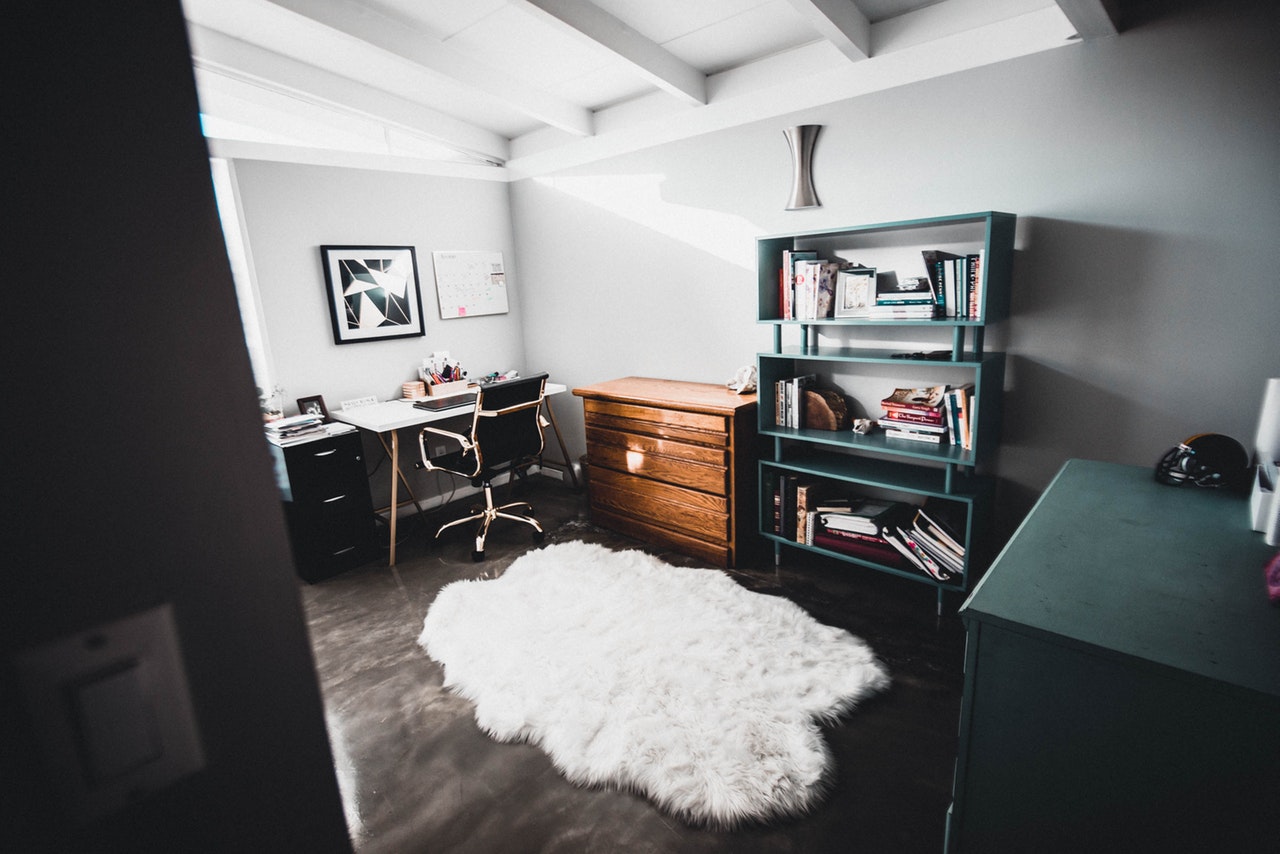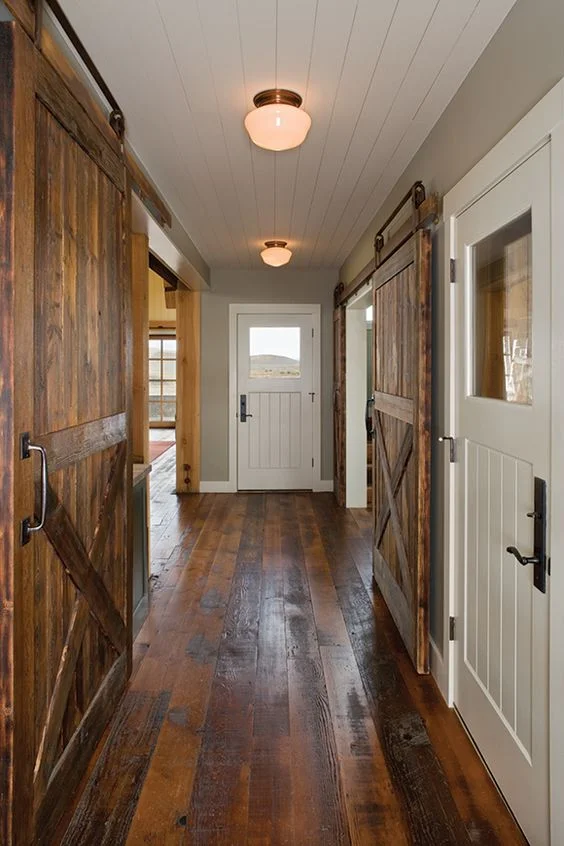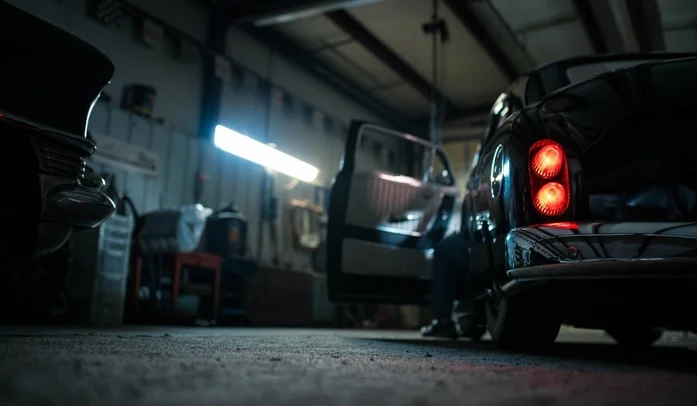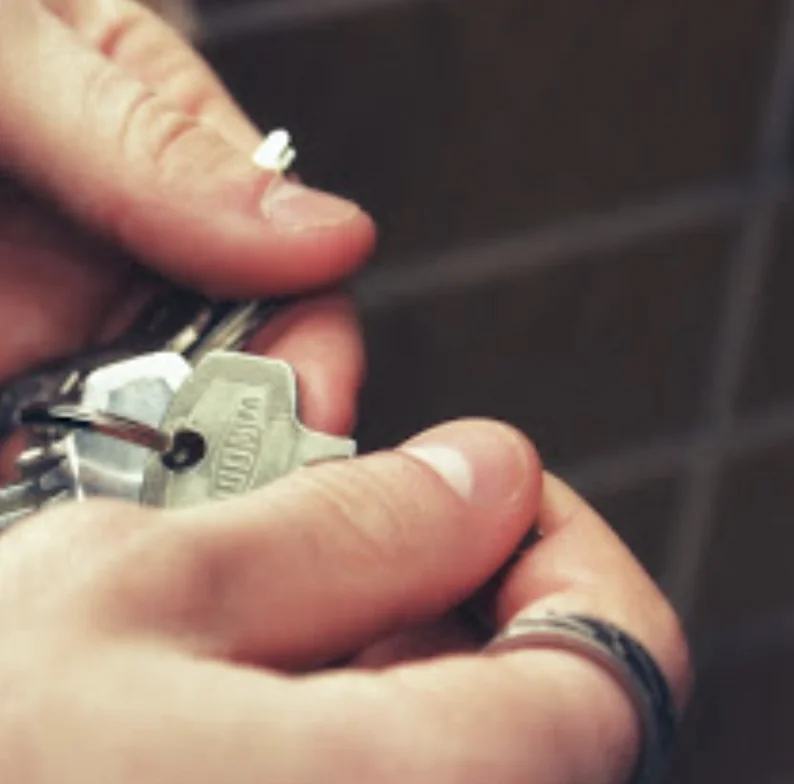Tools Used by Diy Experts When They Have Less Gardening Experience?
RH Business Marketing Solutions
Tools Used by Diy Experts When They Have Less Gardening Experience?
Everyday gardening could be a challenge if you have to call for a handyman to fix or maintain your garden. Thanks to the DIY experts who know how to save money and yet keeping the yard look beautiful always. These DIY handyman gardening tools can save you ample money that you can use on other activities. Perhaps, getting more plants would be an amazing idea for a healthier life.
Take a quick read of this article as we have listed some of the best gardening tools recommended by the precioushandyman.com or DIY experts. These tools come handy when you have lesser experience in gardening and do not wish to experiment on anything with little knowledge.
Tools Used by DIY Experts
1. Gardening gloves:
No task is possible without proper gardening gloves especially with less experience. You cannot afford to face any injury by sharp gardening tools or objects thus, buying a pair of gardening tools will cost you less and save more than on injuries.
2. Shovel:
Shovel is made with some amazing creative ideas too online. You may wish to check some videos by the DIY experts. Shovels could be of different types such as post hole diggers, drain spades, digging shovels, scoop shovels, etc.… Based on your requirement you may buy a shovel within your budget. These come handy as you cannot afford to dig every pot of plant or portion of your grass with a knife.
3. Hose:
No DIY activity works without a watering hose. Watering is more comfortable with the help of a good basic hose. Depending on the garden size, you may buy the tool to water plants. You can cover a larger area than otherwise by bringing a watering hose in your garden. Getting the right nozzle will further help you to reach extra and difficult areas too.
4. Rake:
Rake could be built of metal, plastic, or bamboo. Metal rakes are most preferred by DIY experts for longer durability and quality. You can also choose an adjustable rake to make life easier with gardening. Rakes are one of the most essential tools for gardening especially for beginners. The purpose of buying these is to collect piles of leaves with ease and comfort. The different types of rakes are, lawn rakes, shrub rakes, hand rake, and thatch rake.
5. Wheel barrow:
Wheel barrows are essential if you have unwanted soil that needs to be moved around from your garden. These come handy to settle compost in the garden bed areas. There are some maintenance tips that need to be followed if you go for a traditional wheel barrow. You may find the basic tips along with the product or you can check these online. Choose a wheelbarrow that you can easily move especially after loading it.
Few other tools that come handy for gardening beginners as suggested by DIY experts are watering can, watering wand, Hoe, garden fork, Loppers, and some small tools. Hope you are all set to settle the beauty of your garden with these cost saving tools.
Guest Contributor, Maninder Singh

